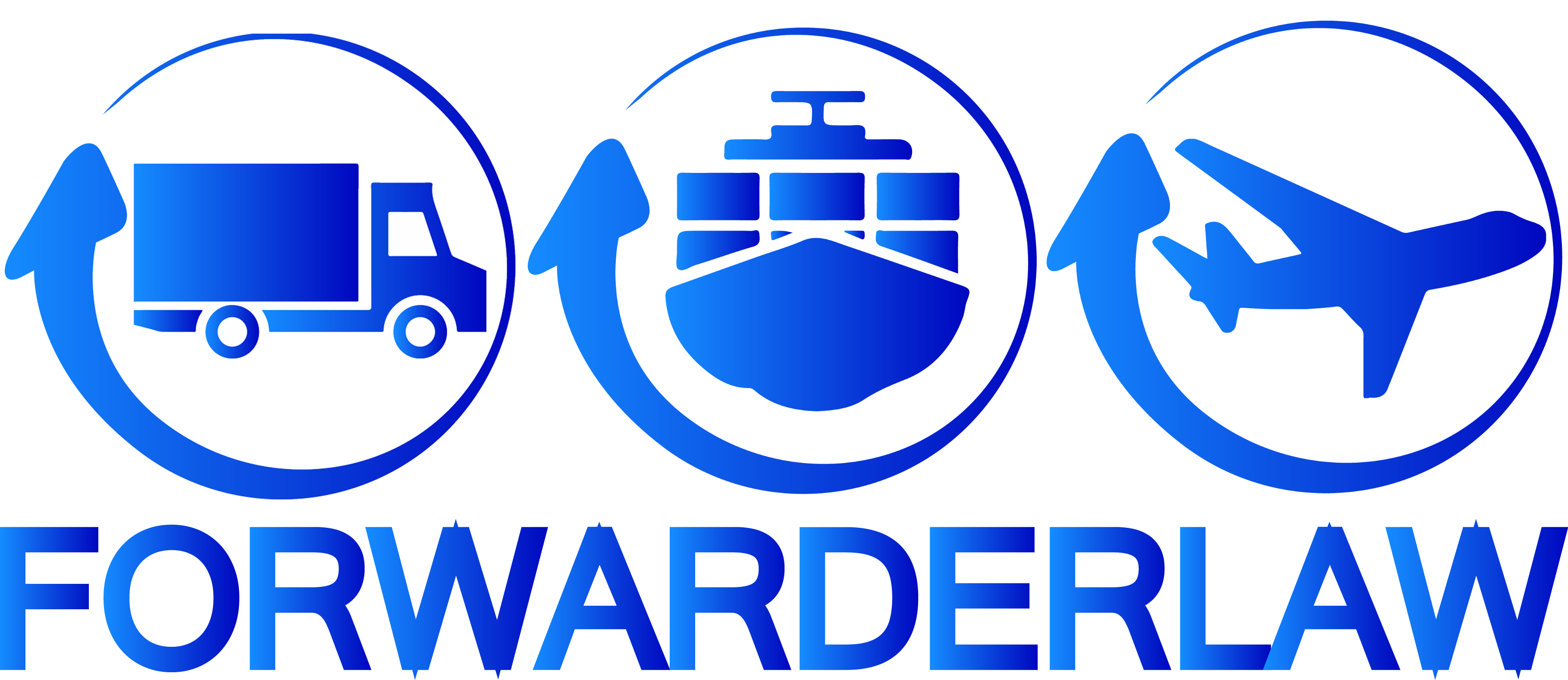Kasia Czarnota, Associate, Mills Oakley, Australia
Every day, thousands of goods enter and exit Australia. Usually, they arrive at their intended destination in good condition. However, sometimes they arrive damaged, or they do not arrive at all. Where the damage or loss of goods is caused by the carrier’s wrongdoing, the owner of the goods cannot sit around waiting for the carrier to sort out the problem and must “mitigate” or avoid their losses if they want to bring a claim against the carrier.
What is “mitigation”?
You may already be familiar with a similar concept known as “salvage”, which refers to saving valuable parts of damaged goods. Mitigation refers to the steps taken to reduce or minimise losses more broadly. These steps are not limited to repairing or disposing of damaged goods but extend to steps taken to avoid or minimise the consequential losses, for example, quickly repairing damaged equipment, finding replacement goods or selling the goods in a new market.
Mitigation and damages
The courts will only award damages for losses which the innocent party could not reasonably avoid. This is known as the “avoidable loss rule”. The rule does not expect owners of damaged goods to take every possible step to mitigate their losses, but only those which are reasonable. The owner of damaged goods may also recover the cost of steps taken to mitigate their losses (whether or not they are successful) from the carrier that damaged the goods. However, if the mitigation is successful the losses are reduced, that saving reduces the overall claim against the carrier.
There is only one standard for mitigation: reasonableness. Mitigation does not require steps that are costly, complex or extravagant. But what is or is not reasonable will always depend on the circumstances. I discuss some of the different, interrelated circumstances that determine what you reasonably need to do to mitigate your losses.
Nature of goods
Once damaged, some goods can be sold at discount or to a different market than originally intended. The owner might renegotiate the sales contract, find another market for the goods, process the goods into a new product, or strip large components for valuable parts and sell them.
Where goods are commonly available in the market, the owner of damaged goods is usually expected to purchase replacements to mitigate their losses. In these cases, the loss will be calculated as the difference between what would have been spent (or profited) if there was no damage, and the amount actually spent (or profited) as a result of the damage.
The nature of goods might also complicate or prevent mitigation. For example, goods subject to strict regulations like food or pharmaceuticals, fragile technology or rare or luxury products might not have a seconds market or may not be capable of replacement or repair. The “reasonableness” test means a party is not expected to sell faulty goods against the law or sell to a black market to mitigate their losses.
Nature of damage
Different types of damage may also be easier or harder to mitigate. For example, temperature fluctuations in a faulty reefer container might cause a whole consignment to be unusable. However, it might be possible and reasonable to remove a contaminant from a consignment of chemicals or to repair hail damage to cars before they are used or on-sold.
It may be necessary to conduct tests on the consignment first before determining if mitigation even is possible. The cost of testing or assessing potential mitigation options is also recoverable.
Resources available
What is a reasonable action will also depend on the resources available, including available funds, specialist equipment or expertise. A well-resourced customer, or a container yard with advanced facilities might be able to take steps that are not possible or practical for someone who is poorly resourced or is situated in a remote location. However, the owner of the goods with limited resources may still be acting unreasonably if they become aware of the damage and make the loss worse.
Commercial reputation
A party is not expected to mitigate their losses if doing so would put their commercial reputation at risk.
Conclusion
Once you realise that your goods are damaged or missing, you need to consider how that loss might be mitigated based on the nature of the goods, the type of damage, the resources available and your commercial reputation if you take such steps. Doing this not only protects you from consequential losses but will also shore up any potential claim against the party responsible for the loss to prevent the carrier for rejecting part of your claim under the “avoidable loss” rule.
When you discover damage to goods, you should notify your insurer and the carrier at the earliest opportunity and give them the chance to inspect the damaged goods before you mitigate your loss (unless mitigation cannot be delayed). While the carrier is not obliged to inspect the goods, they may make (sometimes helpful) suggestions on how to mitigate the loss and you will minimise any disputes further down the track.

